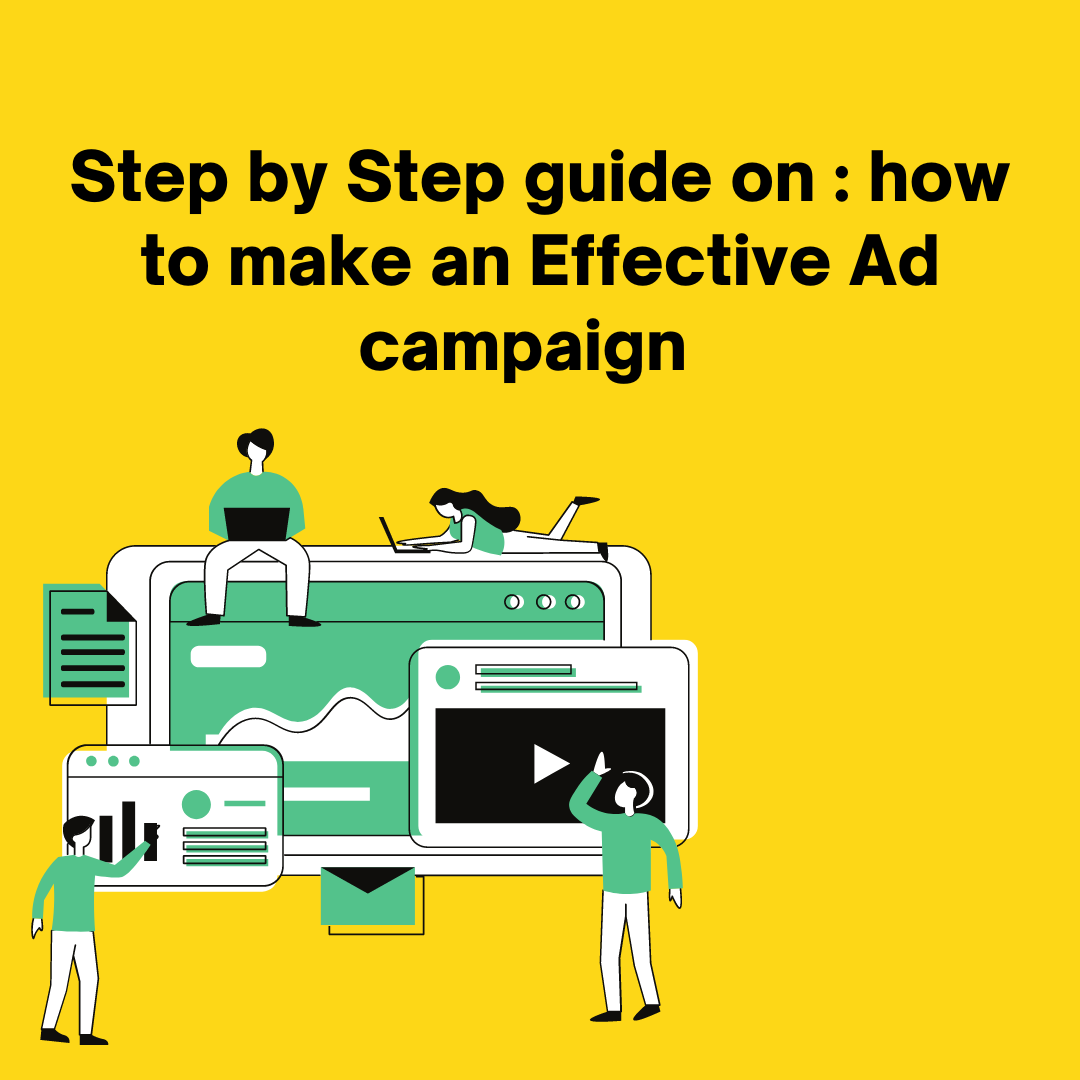Ad campaigns are important for businesses because they help to create brand awareness, drive sales, and increase revenue. Follow these 7 simple steps to create an effective Ad Campaign. The most important thing is to research and determine your target audience. Focusing on the right market will attract potential customers who will likely engage with your brand and product. However, targeting a broad target audience may result in your ad being lost in the vast digital landscape.
Step 1: Creating a buyer persona.
To ensure that your ad Campaign reaches the appropriate audience, it is recommended that you identify the specific individuals who would be interested in your product or service and tailor your message accordingly. This approach involves creating buyer personas. Buyer personas are fictional profiles of your ideal customer based on actual data and market research of your existing customer base.
Step 2: market research
Wait! You will need more than a buyer persona to help you. First, it would be best if you did market research. Market research plays a crucial role in promoting a campaign. It involves gathering information about your target market and helping you answer important questions about your target audience, like their age, interests, what social media they mostly use and where they are located. Once you have all this knowledge, it will be a lot easier for you to determine the best way to appeal to your audience, whether it’s through TV or YouTube, Instagram or LinkedIn, billboards or buses.
Step 3: Choosing the Ad campaign platform.
Selecting the appropriate platform to reach your target audience is critical in the ad campaign process. Your market research should provide you with the knowledge and data to identify the most effective platform. However, you can do additional research into the costs, Return on investment and advantages of different platforms and based on those results, you can choose your ad platform.This strategy broadens your reach and increases your chances of connecting with even more potential customers on the platforms they already use.
Step 4: Determine the ad budget!
Setting the ad budget before launching the ad campaign is very important.Setting up an ad budget may be a daunting task as It requires some effort to gain the decision-makers approval, so clearly outline the total budget required, the cost breakdown, and the projected Return on investment or business impact.
During budget meetings, be prepared to answer any questions and defend your proposals by providing all necessary details, such as a list of keywords and negative keywords for a Google Ads campaign, their monthly search volume, and your preliminary bids.
Step 5: Set the content for the Ad campaign
Once you have identified the target audience and choosen the appropriate platform, it’s time to plan out the message you want to convey in your ad.
To plan out the message, first define the primary object of your advertisement, like what you want to achieve from the campaign: is it generating traffic for the website or generating leads? Your message should align with these goals and motivate your audience to take action. The next step is to identify the point of differentiation or the unique selling proposition you want to communicate to your audience. Make sure you tell them how it can help them solve a problem or fulfil a need.
By crafting a clear and compelling message, you can increase the effectiveness of your ad campaign.
Lastly, don’t forget to add a Call- to action within your ad that informs the audience what to do next!
The CTA can be straightforward or subtle. It all depends on the platform that you have chosen.
An example CTA could simply be like “subscribe to our newsletter” or “click here to purchase now.”Remember, a direct sales pitch or requesting user contact information may not be the best strategy. Instead, a more subtle but clear CTA, such as “discover more” or “explore our offerings,” could be a better fit.
Step 6: Launch your ad!
After you are done crafting your message and your call to action. It’s time you launch your ad and let it reach your target audience. However, remember that different platforms can have different launching processes. For instance, Putting up an ad on Google slightly differs from putting an AD on Bing. The process for launching ads on social media channels, TV ads, or transportation ads may also differ. Be sure to follow the specific guidelines and instructions for launching your ad on each platform to ensure that it’s done correctly and effectively.
Step 7: Analyse and evaluate your Ad campaign.
Finally, The last step is to evaluate your ad’s results against the objectives that you have set. Again, look out for what worked and what didn’t, gather insights and use these insights to make relevant changes in future ads.
And voila it’s done! By following these 7 simple steps you can create an effective ad campaign for your brand.


